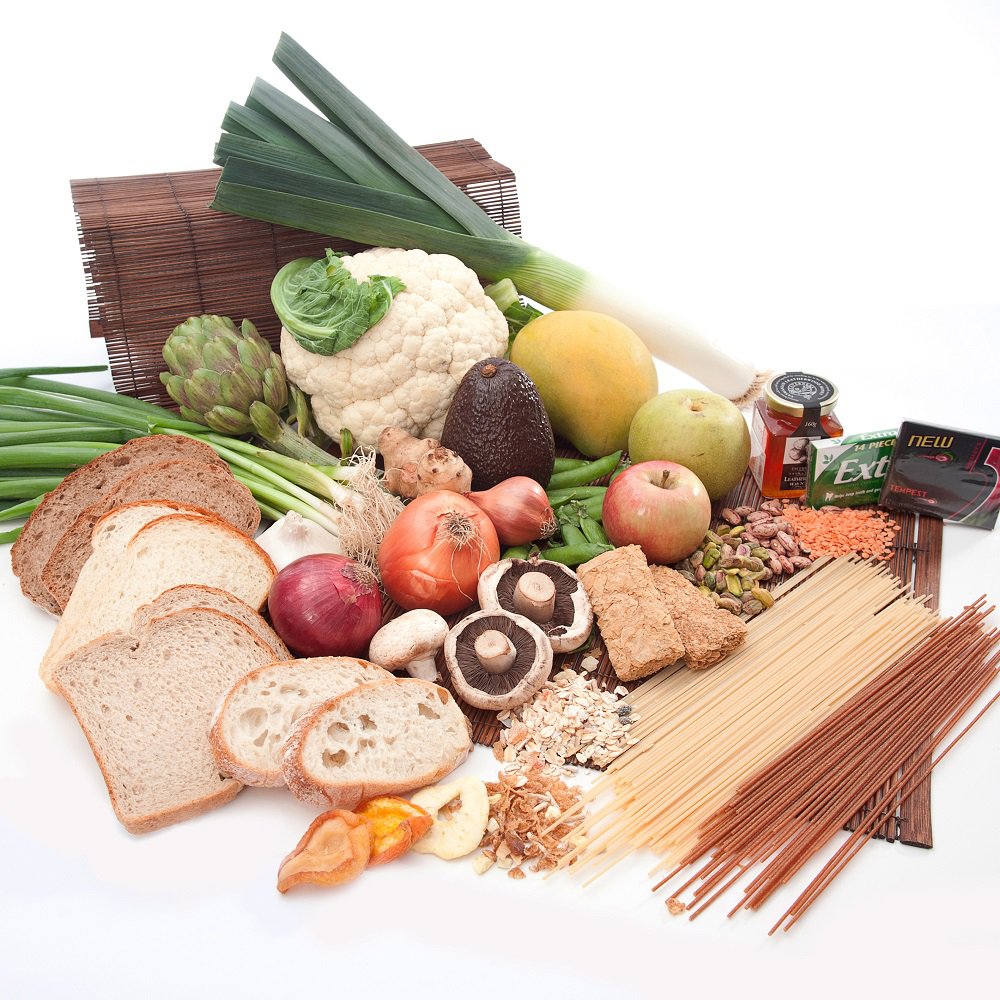
Q1. Is there a standard re-challenge protocol to use with all patients on a low FODMAP diet?
We wish it was that simple, but unfortunately there is no standard protocol for re-challenging FODMAPs. It is so important to seek the assistance of an experienced dietitian to individualise the FODMAP challenge process to the needs and symptoms of each patient. The length of the re-challenge, foods chosen and the portion sizes used may also vary between each individual. Dietitians may find it useful to ask their patient which foods they miss the most from their regular diet and consider introducing those foods first when getting them started on re-challenging.
The re-challenge phase is an important part of the low FODMAP diet, but research studies on this specific area are lacking. Unfortunately, a rechallenge research trial is very difficult to design and conduct.
Q2. Should all FODMAP subtypes be challenged in every patient?
It is important that all FODMAP subtypes that have been restricted are re-challenged. For some patients lactose may remain in the diet, even during the initial elimination phase, if lactose intolerance is not evident. We always recommend re-challenging fructose due to unreliability with the fructose breath testing.
A key point to note is that often just because an individual didn’t tolerate one particular food within a subtype of FODMAPs doesn’t mean that this person won’t tolerate any other foods within that subtype. The portion sizes of these foods may need to be adjusted. Seeking the assistance of a dietitian to tailor the diet to an individual is essential.
As each person’s FODMAP tolerance and their FODMAP threshold varies, a dietitian may need to be more cautious with one person who is extremely sensitive compared to another person who may have reasonable FODMAP tolerance. No two patients are alike and personalising the diet will assist patients with expanding the diet long term, which is very important.
Starting with a subtype of FODMAPs that the patient may tolerate better can ease the patient into the rechallenge process.
Q3. How long should each FODMAP challenge go for?
The answer varies depending on the patient and their symptoms and their level of anxiety about doing the re-challenge. For those who need a cautious approach, slowing down the challenge to testing a food every second day over the course of a week may be appropriate. For others, a typical challenge of a new food is to introduce a small portion and increase the amount every day for 3-4 days.
Q4. What sort of doses of foods should be used for FODMAP challenges?
Q5. What do you do with a patient who has severe reactions to all challenges?
Small intestinal bacterial overgrowth (SIBO) may be a contributing factor in those with ongoing symptoms, however SIBO is very difficult to diagnose. A glucose breath test can be undertaken, but this is not a perfect science and will not diagnose SIBO in all cases.
Q6. What are some helpful tips to increase fibre intake on low FODMAP diet?
·Try and include a vegetable with breakfast, such as tomato or spinach,
·Add small amounts of low FODMAP legumes or pulses to soups, stews and salads - You may want to start by adding canned legumes and pulses as they tend to be lower in FODMAPs than fresh options
·Aim to include fiber at each meal and snack, this may include oats, baked potatoes with the skin, oranges, quinoa and chia seeds
·Also making food swaps such as using brown rice rather than white rice will help increase fiber
Please remember to check the Monash University low FODMAP app for more information on US products that we have tested for FODMAP levels that includes sauces, gluten free breads and jams containing fructans and HFCS.
Q8. Are fermented foods suitable on a low FODMAP diet?